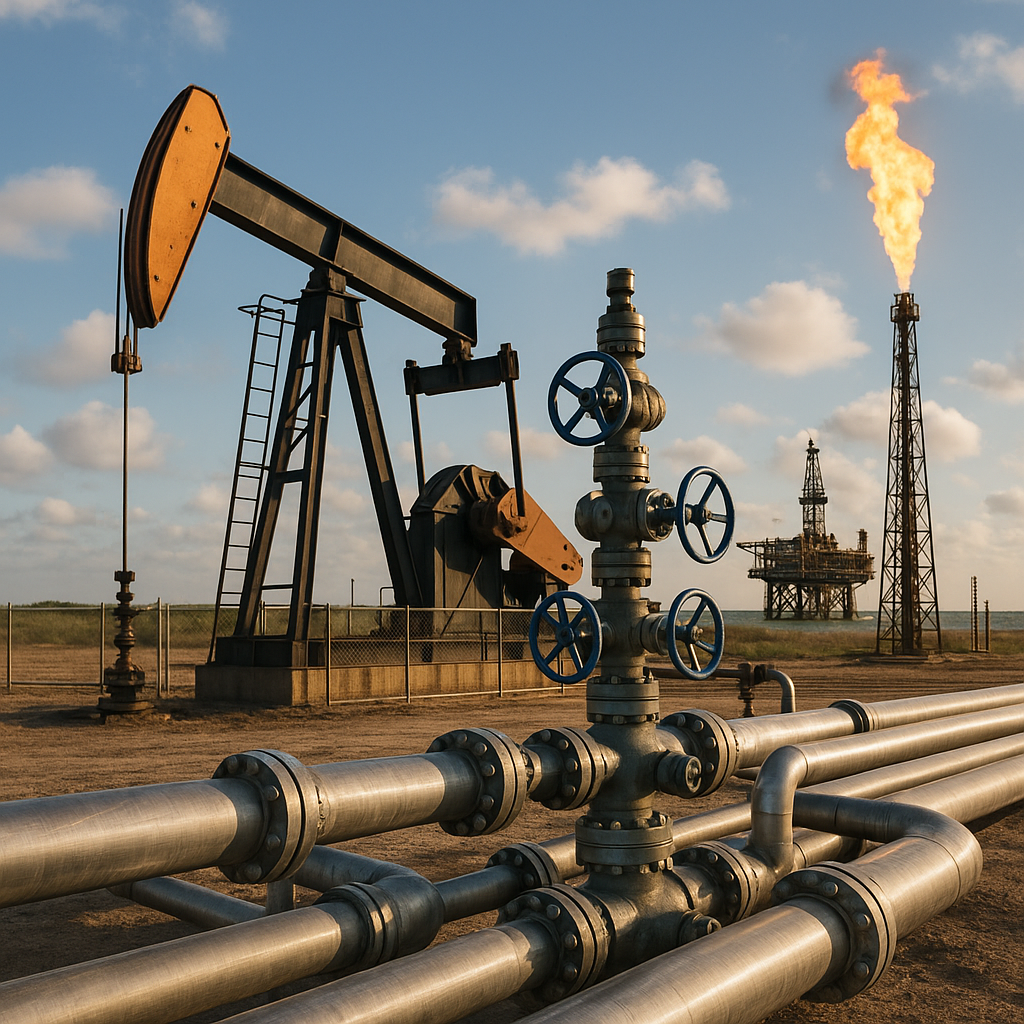In the vast expanse of the universe, our small blue planet is a precious oasis of life, where nature’s intricate web sustains a delicate balance. However, the harmony of our world is under threat, as the ominous specter of global warming casts a shadow over the Earth’s future. This insidious phenomenon, driven by human activities, demands urgent attention and collective action to protect the environment, safeguard ecosystems, and secure a sustainable future for generations to come. In this article, we delve into the complexities of global warming, its causes, far-reaching consequences, and the crucial measures needed to address this existential challenge.
Unveiling the Mechanics of Global Warming: The Greenhouse Effect
At the heart of global warming lies the greenhouse effect, a natural process that plays a vital role in maintaining the Earth’s temperature within habitable ranges. As the Sun’s rays reach the Earth’s surface, some of the energy is absorbed and warms the planet. The Earth then radiates heat back into space in the form of infrared radiation. However, greenhouse gases in the atmosphere trap a portion of this outgoing heat, preventing it from escaping into space. These gases act as an atmospheric blanket, keeping the Earth’s surface warm and conducive to life as we know it.
Human Activities as the Culprit: Anthropogenic Global Warming
While the greenhouse effect is a natural occurrence, human activities have significantly accelerated global warming by releasing vast amounts of greenhouse gases into the atmosphere. The burning of fossil fuels, such as coal, oil, and natural gas, for energy production and transportation is a major source of carbon dioxide (CO2) emissions. Deforestation, driven by agricultural expansion and logging, further exacerbates the problem, as trees play a crucial role in absorbing CO2. Methane (CH4) and nitrous oxide (N2O) emissions result from agricultural practices, waste management, and certain industrial activities, further intensifying the greenhouse effect.
The Ripple Effect: Consequences of Global Warming
Global warming triggers a chain reaction of environmental and societal consequences, with far-reaching implications:
Climate Change and Extreme Weather: Rising global temperatures disrupt weather patterns, leading to an increase in extreme weather events, including heatwaves, hurricanes, floods, and droughts.
Melting Ice and Rising Sea Levels: The warming climate accelerates the melting of glaciers and polar ice caps, contributing to rising sea levels. This poses a grave threat to coastal communities, ecosystems, and vulnerable regions.
Ocean Acidification: Increased CO2 levels in the atmosphere lead to higher CO2 absorption by the oceans, causing ocean acidification. This has detrimental effects on marine life, particularly coral reefs and shell-forming organisms.
Biodiversity Loss and Ecosystem Disruptions: Global warming disrupts ecosystems, leading to shifts in habitats, altered migration patterns, and a loss of biodiversity.
Water Resources and Agriculture: Changes in precipitation patterns impact water availability, leading to water scarcity and posing challenges for agriculture and food security.
Health Impacts: Heat-related illnesses, the spread of infectious diseases, and worsened air quality can all result from global warming, posing risks to human health and well-being.
Economic and Social Impacts: Climate change-related events can cause economic losses, displacement of populations, and social disruptions, particularly in vulnerable regions.
A Two-Pronged Approach: Mitigation and Adaptation
Addressing global warming requires a comprehensive approach that combines mitigation efforts to reduce greenhouse gas emissions and adaptation strategies to cope with the changes already underway:
1. Mitigation Strategies:
- Transition to Renewable Energy: Accelerate the shift to renewable energy sources, such as solar, wind, and hydroelectric power, to reduce reliance on fossil fuels.
- Improve Energy Efficiency: Implement energy-efficient practices in industries, buildings, and transportation to reduce emissions.
- Forest Conservation and Reforestation: Protect and restore forests to enhance carbon sequestration and mitigate CO2 emissions.
- Sustainable Agriculture: Promote sustainable agricultural practices to reduce methane emissions and limit the environmental impact of farming.
2. Adaptation Measures:
- Climate-Resilient Infrastructure: Develop climate-resilient infrastructure and urban planning to withstand the impacts of extreme weather events.
- Water Management: Implement adaptive water management practices to cope with changing precipitation patterns and ensure water security.
- Early Warning Systems: Establish early warning systems and disaster preparedness measures to mitigate the impact of extreme weather events.
- Support Vulnerable Communities: Support communities vulnerable to climate impacts through targeted adaptation initiatives.
The Imperative of Global Collaboration
Addressing global warming is a shared responsibility that transcends borders and ideologies. International cooperation is paramount in developing a cohesive and effective response to this global challenge. Initiatives such as the Paris Agreement provide a framework for nations to come together and commit to collective action to limit global warming and its consequences.
Conclusion: Forging a Path to a Sustainable Future
Global warming is not an isolated problem; it is an urgent call to action for humanity to unite in protecting the only planet we call home. The consequences of inaction are too grave to ignore, as future generations will inherit the consequences of our choices today. By embracing sustainable practices, transitioning to cleaner energy sources, and advocating for responsible policies, we can navigate the path toward a sustainable future. It is time for us to take collective action, driven by the awareness of our shared responsibility to safeguard the Earth’s natural treasures and create a legacy of stewardship for generations to come. Let us rise to the challenge of global warming with determination, compassion, and resilience, for the Earth’s future is in our hands.














